Lake Toya - A Land of Destruction and Beauty Part Three
| Travel Reports by Villagemayor | view profile of Villagemayor |
| previous post |
| next post |
| Note: The opinions and views expressed in this user report are those of the individual author and do not necessarily reflect the opinions and views of japan-guide.com. |
October 22, 2017 - Lake Toya - A Land of Destruction and Beauty Part Three
This is the last in a series of Lake Toya and some of the destructive beauty from Mt. Usu. This blog will feature the Mt. Usu West Crater and portions of the Kompirayama Walking Trail.
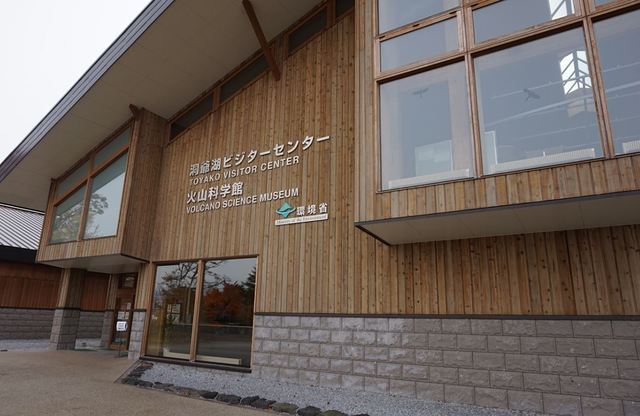
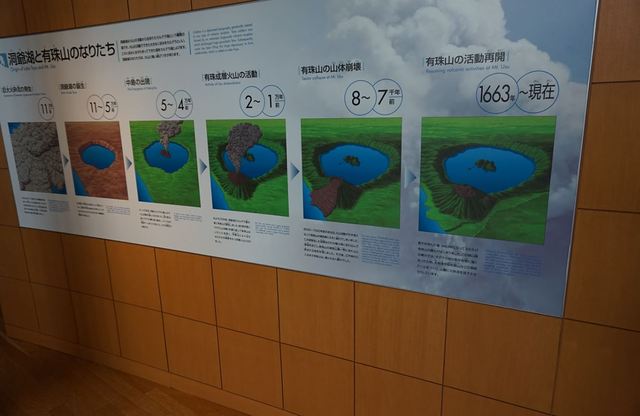
The first stop on the visit is the Toyako Visitor Center and Volcano Science Museum. The Visitor Center is free and there are lots of exhibits to view. There are many information on how Lake Toya and Mt. Usu were created, followed by discussions on flora and fauna. If you want to see what animal poo looks like, they have preserved samples as well.
The Science Museum requires a small fee but I did not go inside due to timing.
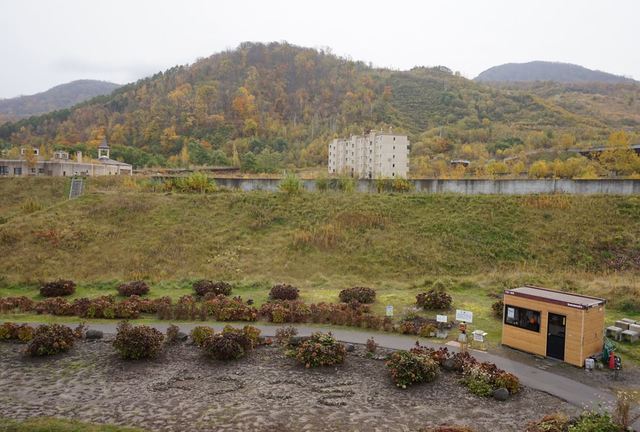
After the Visitor Center, cross the street and walk into a living museum. This was the portion of town that was destroyed by a 2000 eruption of Mt. Usu. The Kompirayama Walking Trail starts in this area.
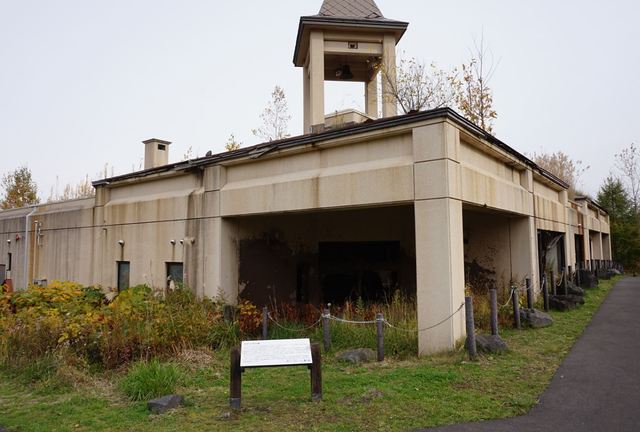
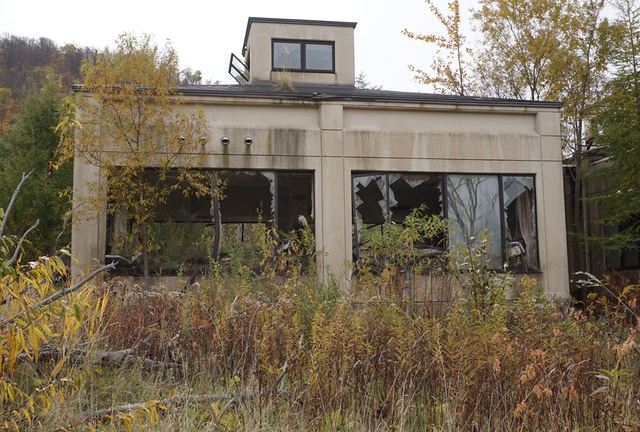
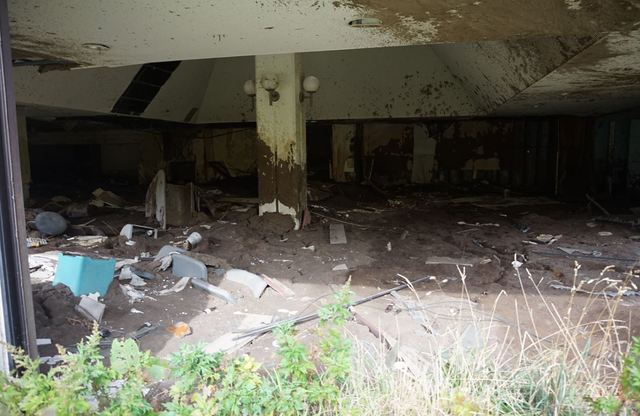
As soon as you walk into the remnant buildings, you immediately feel a sense of sadness and gloom from all the destruction. Although there are no plaques indicating how many died (if any), you still get a sense of how powerful the eruption was.
The first building was the former community centre where everything has been preserved, even the endless amounts of mud covering the building. You could see what looked like an office/waiting area, entrance lobby, lockers, and vending machines.
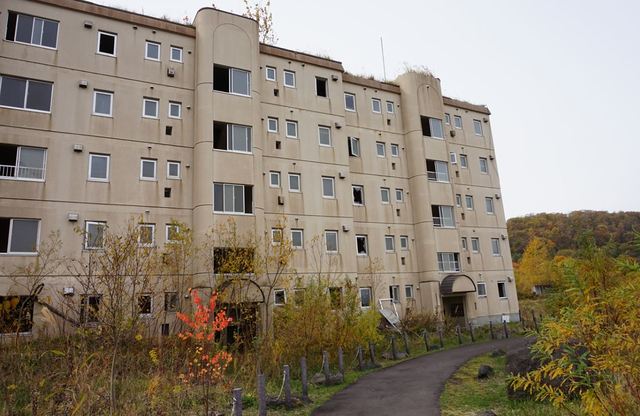
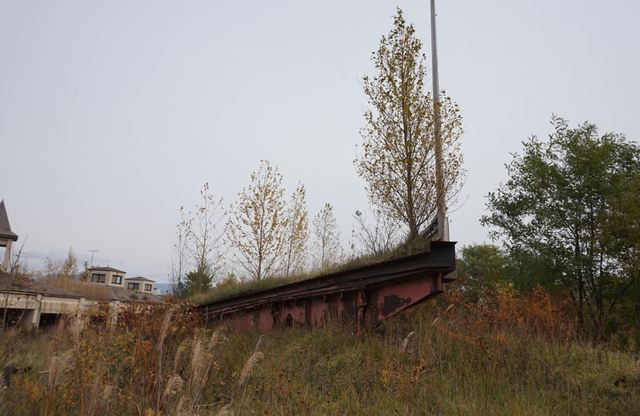
Another notable landmark was the five-storey apartment building. Although inaccessible to the public, it is hard to imagine what is upstairs in the individual units. Perhaps someone's breakfast is still sitting on a table, or an aquarium with water long evaporated, still stands.
Due to the power of the mudslide, a bridge was washed away and was deposited in between the apartment and community centre. Trees now grow on top of the bridge.
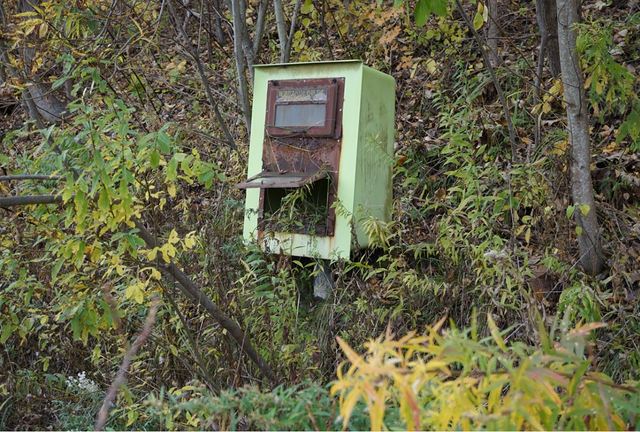
As soon as you follow the Kompirayama Walking Trail, you come across muddy and slippery tracks. After some struggles, you come across a road that has long but disappeared. Faint paint markings are still visible as the asphalt has slowly eroded due to time. To the side of the road you can also find artefacts such as metal boxes and blind spot mirrors.

Turn right onto the next part of the trail and go through tall brushes. To the right is one small crater, but the highlight is a much larger one further to the left. Climb up the steep slope and you reach the Usu West Crater. The crater appears long dead and filled with water. It is said the water permanently appears emerald green, whether through algae or mineral deposits.
That concludes the three part series of Lake Toya. I highly recommend visiting this magical place. The destruction and danger of Mt Usu also provides bountiful sources of onsen water for guests to enjoy.
| previous post |
| next post |
